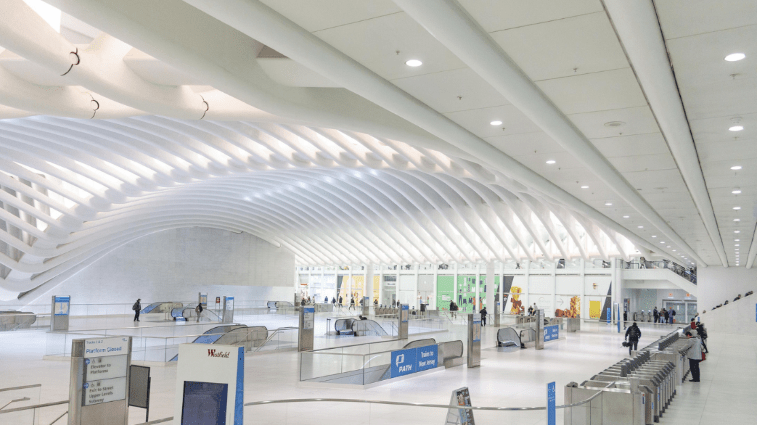
Going to the Next Level: All About Zoning for Accessibility
On October 7, 2021, the Elevate Transit: Zoning for Accessibility initiative was approved by the NYCC and MTA.
The Zoning for Accessibility program will support greater accessibility for more transit stations across all MTA railways, offloading the price on taxpayers by incentivizing private business owners to take some of the financial and infrastructural burden.
This initiative was first floated last spring, as discussed in Decoder at the time. It builds off the MTA’s $5 billion commitment to fund over 6 dozen accessible transit stations across all their New York City railway branches in their 2020-2024 Capital Plan.
As predicted, the program will have a significant impact on private construction near transit stations, but one which could work to building owners’ advantage.
Developers may participate in one of two ways:
Easement Certification
Private developers will be required to consult with the MTA to determine whether to leave a space (or easement) open in their work sites for the city to build an elevator or access point at a later time. Only sites adjacent to a rail transit station will be required to do so, and those in lowest density residential areas are exempt.
As compensation for cooperating, zoning relief will be provided, which could include:
- Zoning floor area exemption,
- Modified parking requirements, and/or
- Flexibility in regards to other zoning requirements.
Transit Improvement Bonus Expansion
While Transit Improvement Bonuses are already available in central business districts, ZFA will expand these benefit options to other high-density areas that choose to participate in the program.
In exchange for directly funding and building new station access improvements, such as elevators, private developers within a certain distance of the station may qualify for an up to 20% density bonus.
This is at no cost to the MTA, allowing them to funnel their budget into other projects. Note, however, that each bonus application will require its own land use review and approval.
Future Prospects
The hope is that this adjustment gives the MTA more leeway to expand accessibility to more stations in a faster timeframe and at a lower cost. In addition, this commitment will make the MTA more accountable to make sure all its subway elevators and access points are in good condition.
As of now, only about 30% of the 493 subway and Staten Island Railway (SIR) stations in New York City are fully ADA-accessible – that’s without taking into account any Metro-North and Long Island Railroad stations within the five boroughs.
Beyond potential relief and benefits for developers, accessible transit improvements will make New York easier to navigate for those with temporary and permanent disabilities, the elderly, parents with young children, and more. In a time when New York is focused on health, accessible transportation is a part of the equation that can’t be overlooked anymore.
For help navigating the latest zoning and building code regulations, please feel free to contact Outsource Consultants.
Resources
- Press Release – “New York City Adopts Zoning Rules to Advance Transit Accessibility”
- Zoning for Accessibility page
- Decoder – “In the Zone: New Zoning Proposals for Accessibility and Health”








